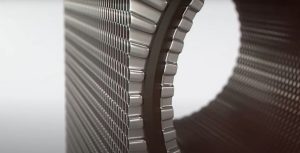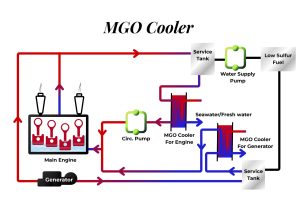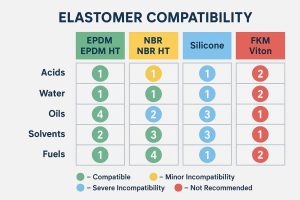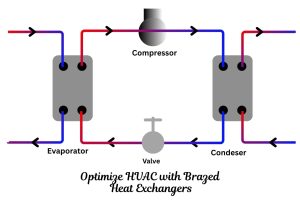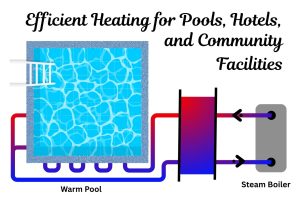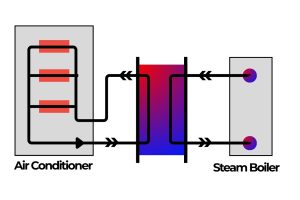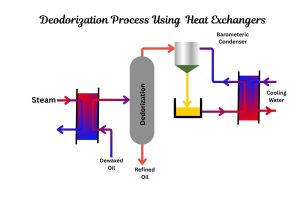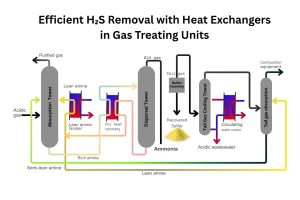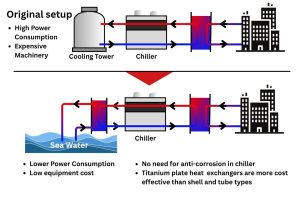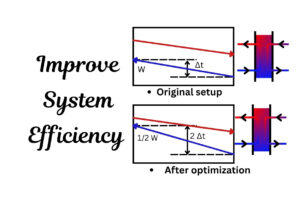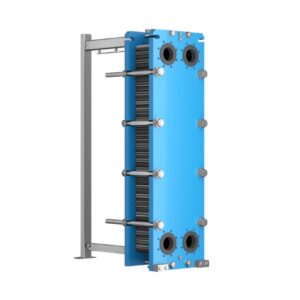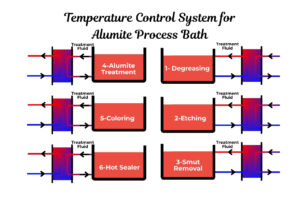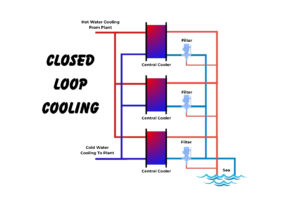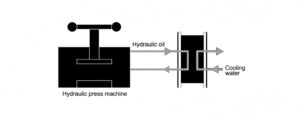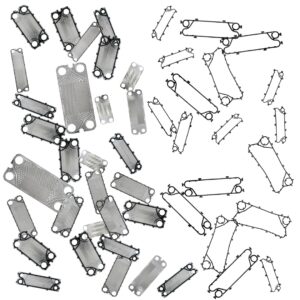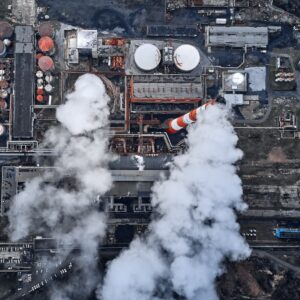What Makes Mueller Heat Exchangers a Top Choice in Industrial Applications?
Since their introduction in the early 20th century, Mueller heat exchangers have become synonymous with reliability in industries like chemical processing, HVAC, and power generation. Originally designed to handle high-pressure steam systems, these units evolved to meet modern demands for energy efficiency and durability. Today, Mueller offers a range of heat exchangers tailored to industrial needs, including gasketed plate, shell and tube, and brazed plate models. But what sets them apart? Let’s explore the top benefits—and how to choose the right one for your operation.
What Are the Most Common Types of Mueller Heat Exchangers?
Not all heat exchangers are built the same. Mueller’s lineup includes three primary designs:
- Gasketed Plate Heat Exchangers (GPHE): Ideal for moderate temperatures and easy maintenance. Their stacked plates maximize surface area for efficient heat transfer.
- Shell and Tube Heat Exchangers: Built for high-pressure and high-temperature applications, like steam condensation.
- Brazed Plate Models: Compact, leak-proof units perfect for refrigeration or low-capacity systems.
For industries prioritizing flexibility, GPHE selection is a popular starting point due to customizable plate configurations.
How Do You Pick the Right Mueller Heat Exchanger?
Selecting the best model boils down to four factors:
- Application: High-pressure steam? Go shell and tube. Food processing? GPHE’s easy cleaning shines.
- Material Compatibility: Stainless steel handles corrosive fluids, while titanium suits seawater cooling.
- Maintenance Needs: Gasketed plates can be disassembled, but brazed units are “set and forget.”
- Budget: Shell and tube units cost more upfront but last decades with proper care.
Why Do Industries Rely on Mueller Heat Exchangers for Energy Efficiency?
(Benefit 1) Mueller’s designs slash energy use by up to 40% compared to older models. Their gasketed plate units, for example, transfer heat 3x faster than traditional shell and tube designs. This reduces the load on boilers and chillers, cutting fuel costs. A dairy plant in Wisconsin reported a 28% drop in energy bills after switching to Mueller GPHEs.
How Do Mueller Heat Exchangers Extend Equipment Lifespan?
(Benefit 2) Corrosion-resistant materials like 316L stainless steel and titanium prevent degradation. One oil refinery using Mueller shell and tube units saw their heat exchangers last 22 years—8 years longer than industry average. Regular maintenance, like replacing GPHE spare parts, further boosts longevity.
Can Mueller Heat Exchangers Handle Extreme Temperatures?
(Benefit 3) Absolutely. Mueller’s shell and tube models operate at temperatures up to 750°F, making them ideal for steam power plants. Their brazed plate variants, meanwhile, handle cryogenic fluids as low as -320°F.
What Maintenance Tips Keep Mueller Units Running Smoothly?
- Inspect gaskets every 6 months for wear.
- Flush plates annually to remove scaling.
- Use OEM-compatible spare parts to avoid leaks.
Do Mueller Heat Exchangers Save Space in Crowded Facilities?
(Benefit 4) Yes. A GPHE from Mueller can be 80% smaller than a comparable shell and tube unit. This compact design lets factories repurpose floor space for storage or additional machinery.
Are Mueller Heat Exchangers Cost-Effective Long-Term?
(Benefit 5) While initial costs vary, Mueller’s low maintenance and energy savings lead to ROI within 2-4 years. A brewery in Germany recouped its investment in 19 months by reducing coolant consumption.
Why Trust Heating Formula for Your Mueller Heat Exchanger Needs?
At Heating Formula, we’ve supplied industries with premium Mueller heat exchangers for over 15 years. Our expertise includes:
- Custom GPHE configurations for niche applications
- Durable shell and tube units for heavy-duty processes
- 24/7 access to genuine spare parts and technical support
Need help choosing? Our GPHE selection guide simplifies the process.

